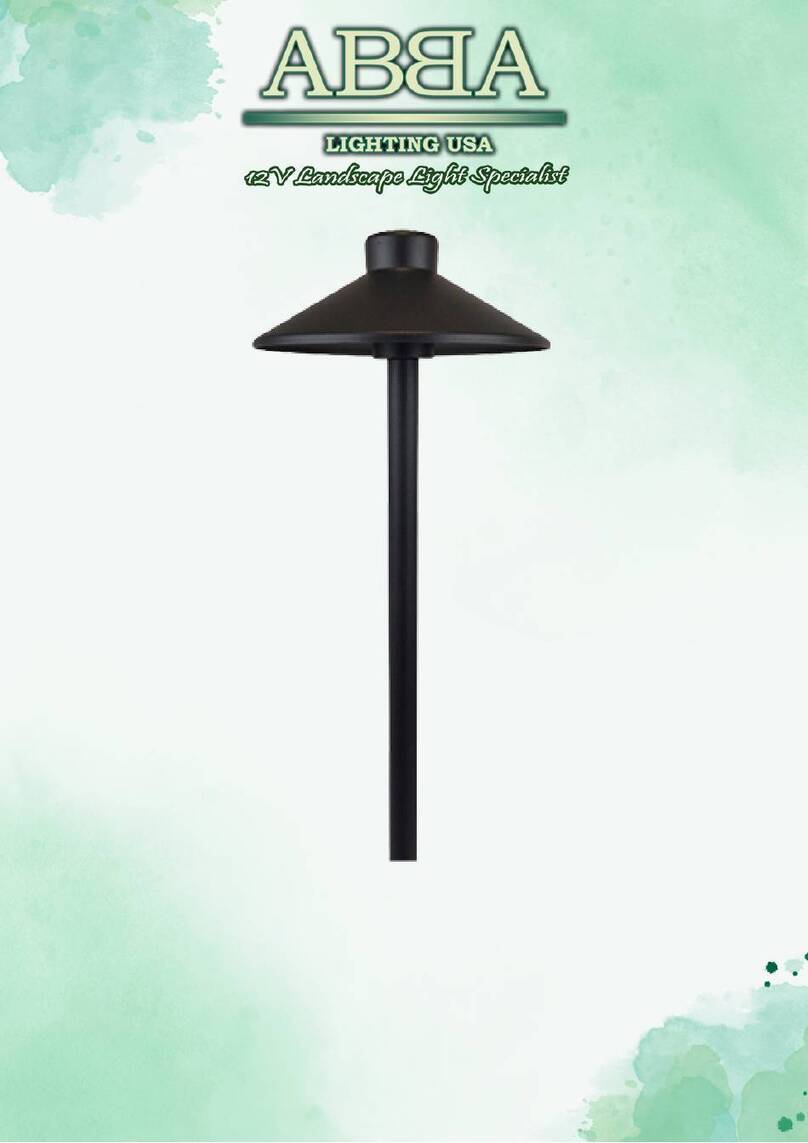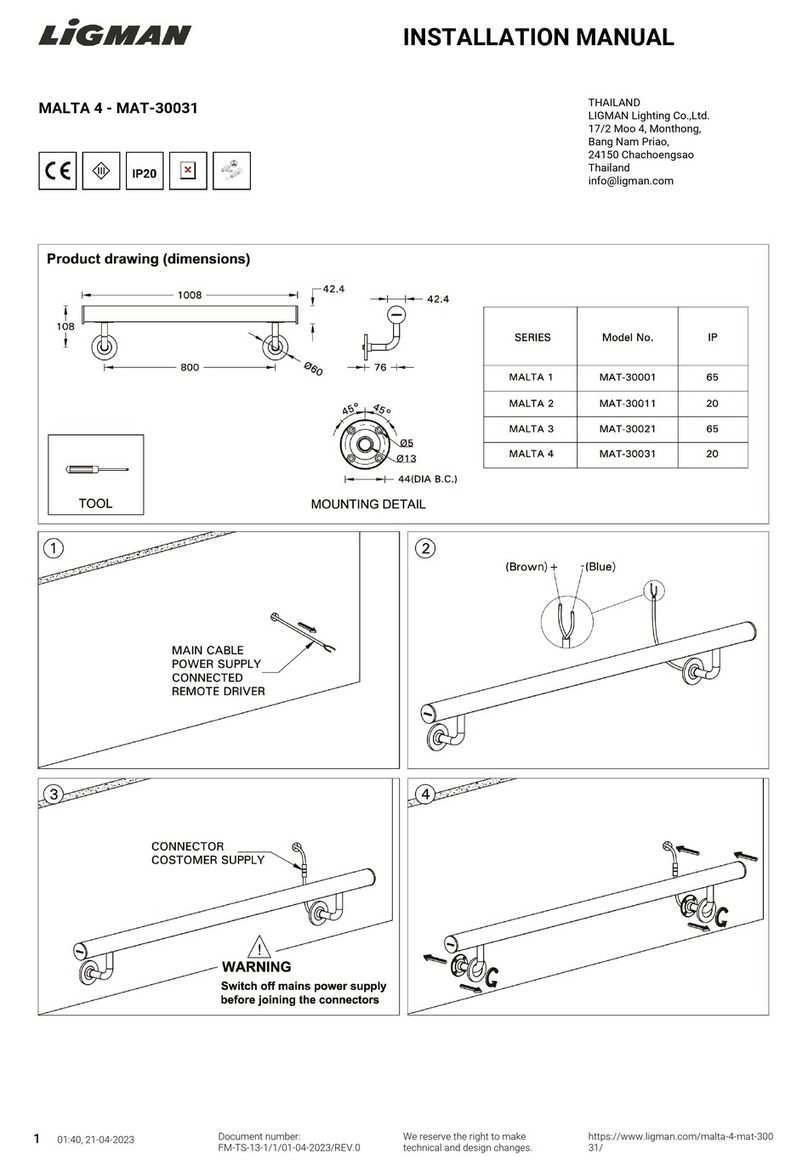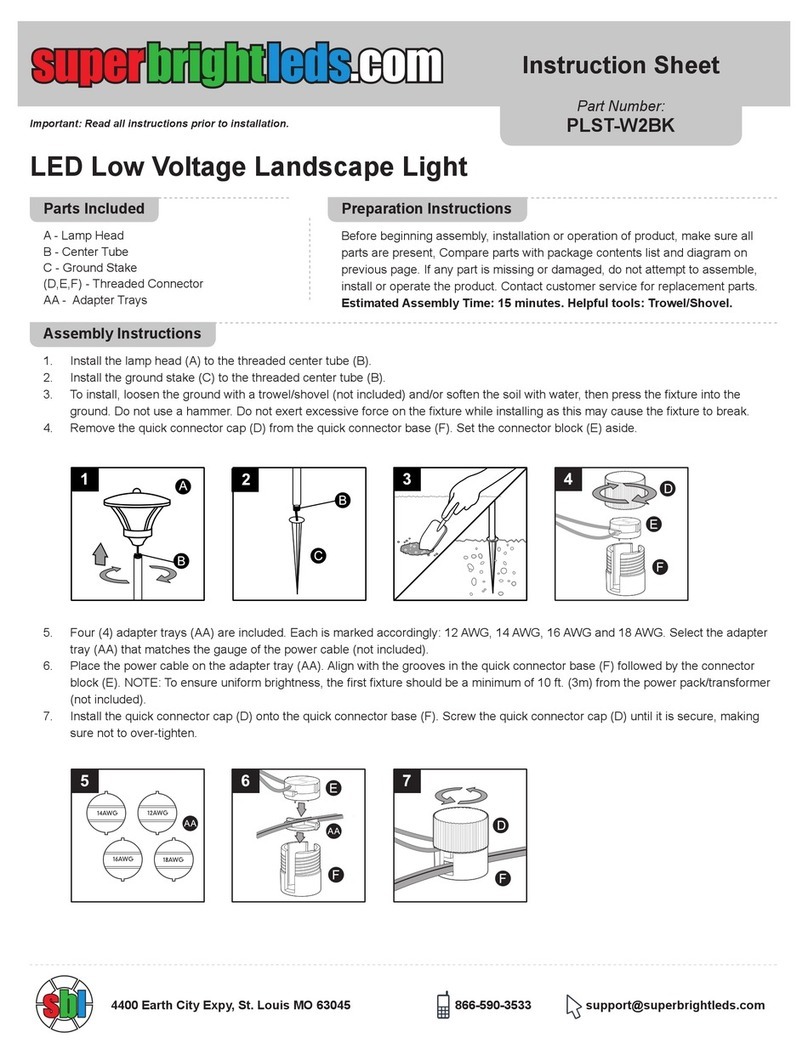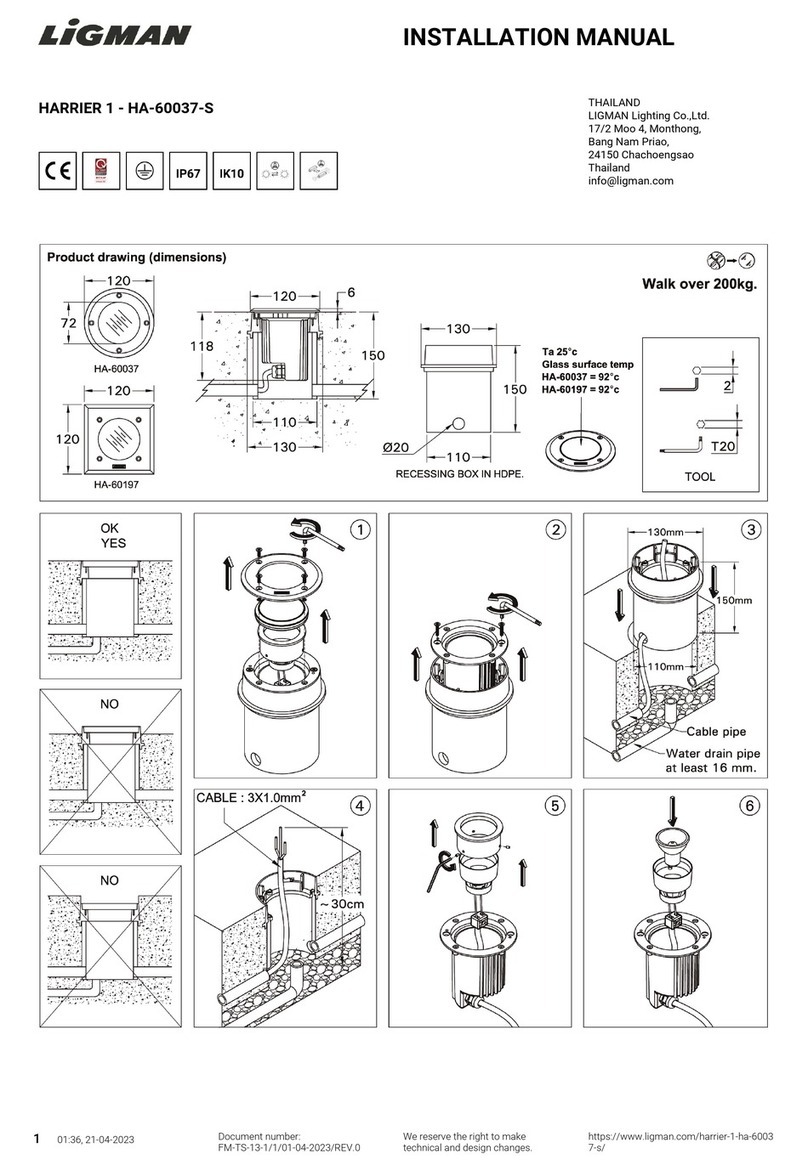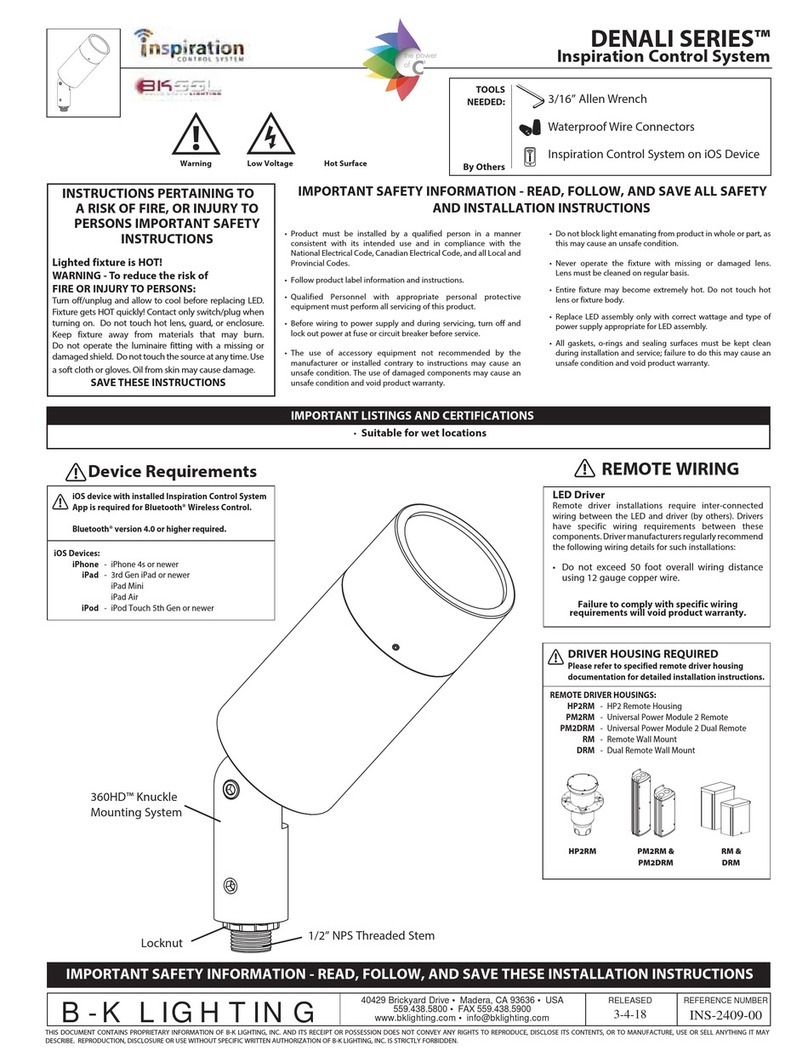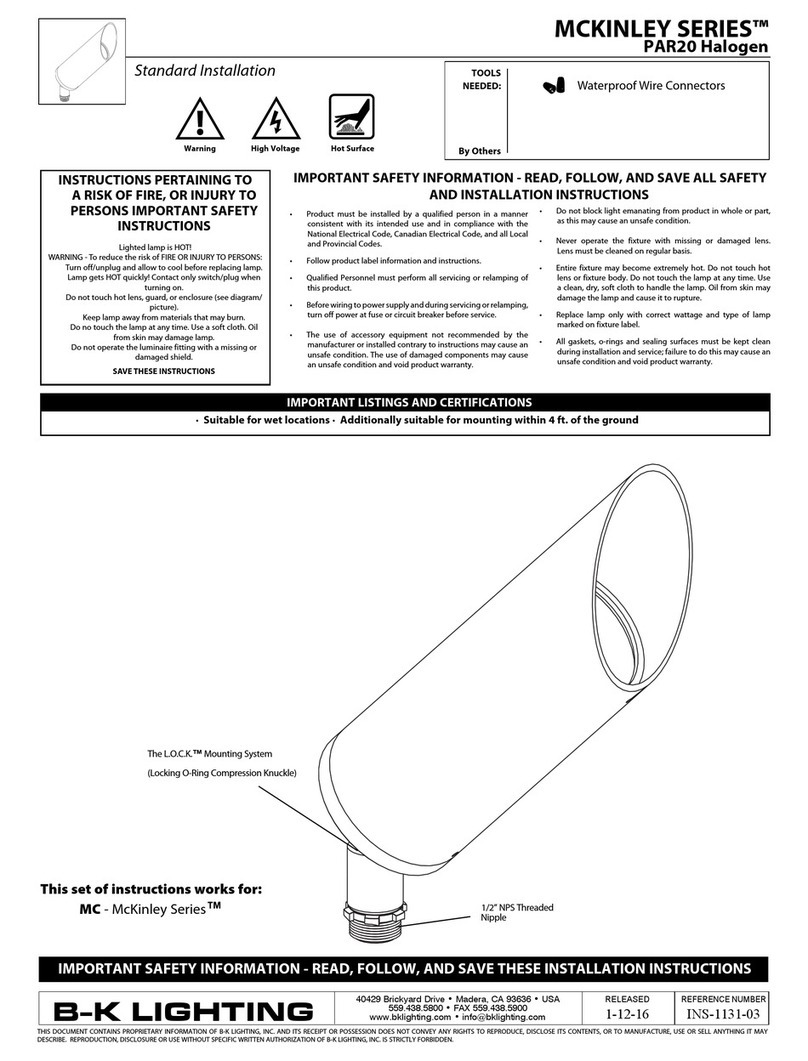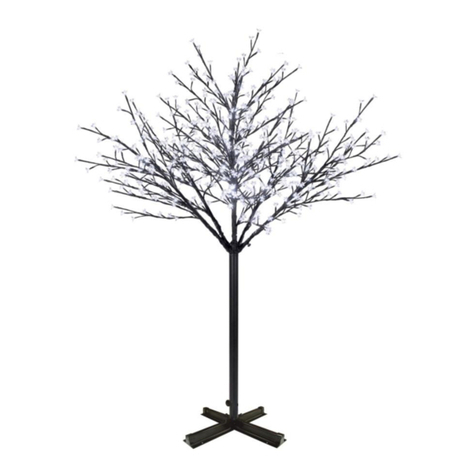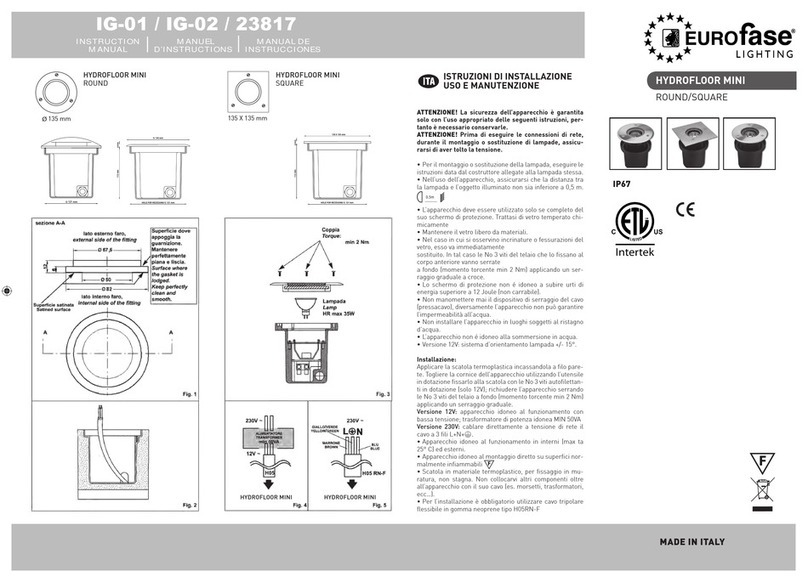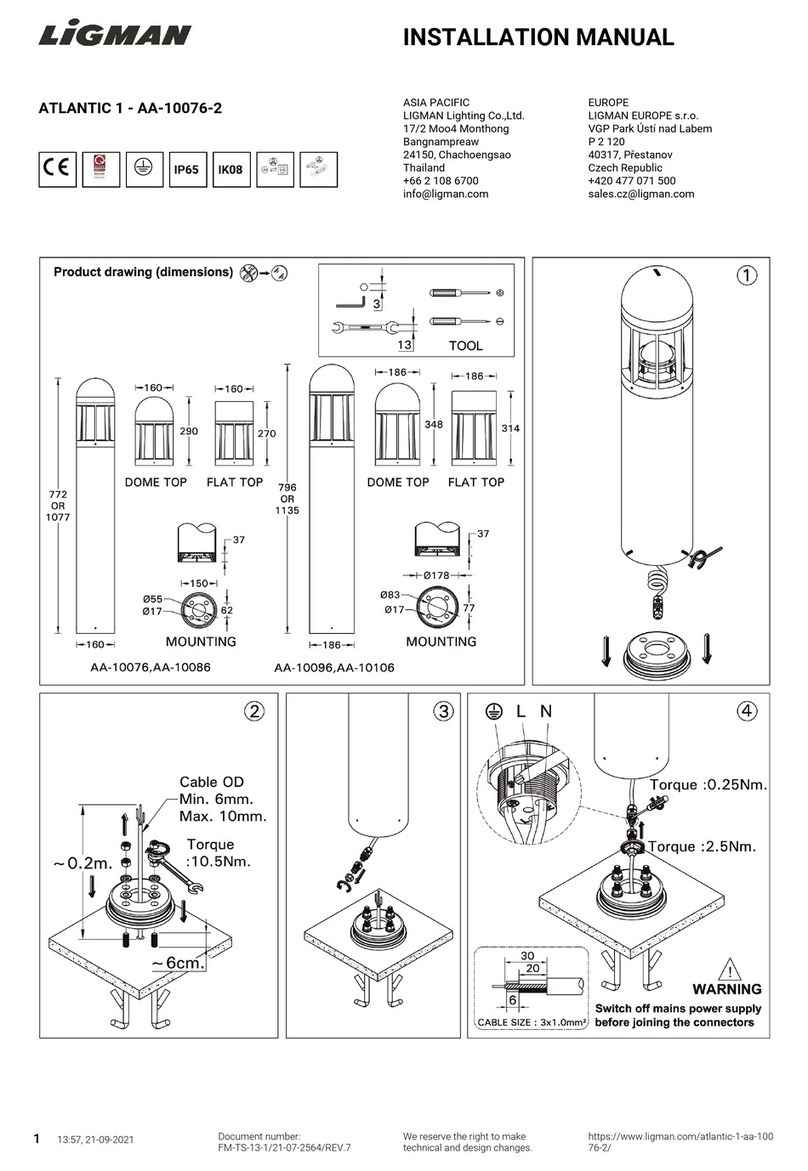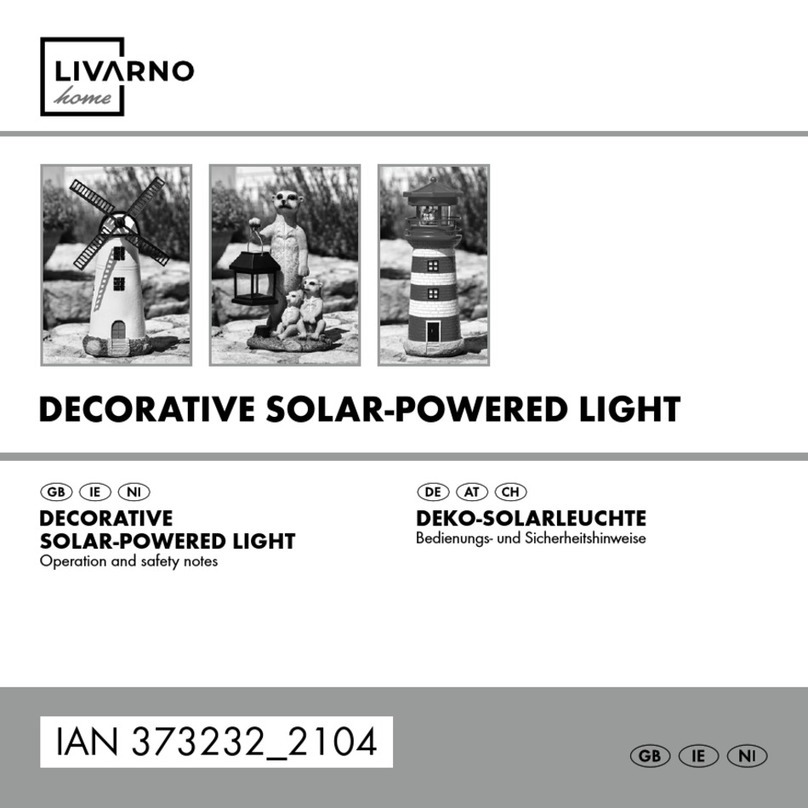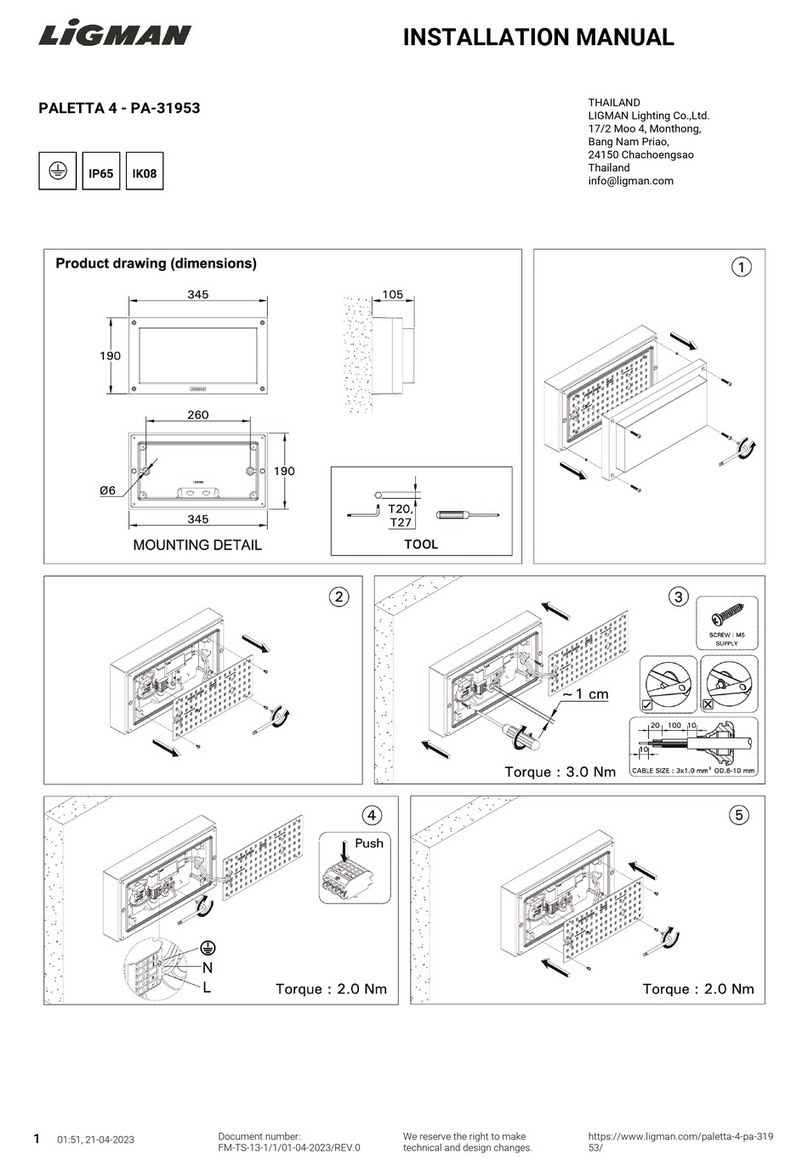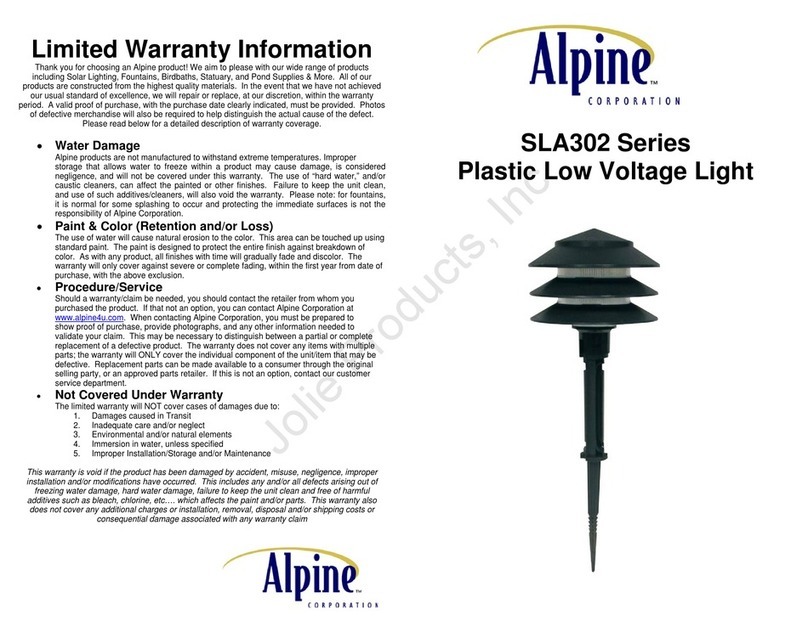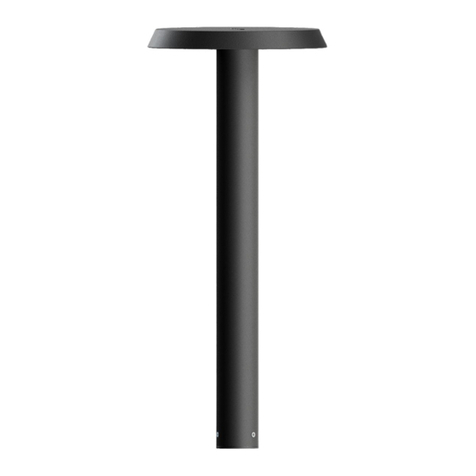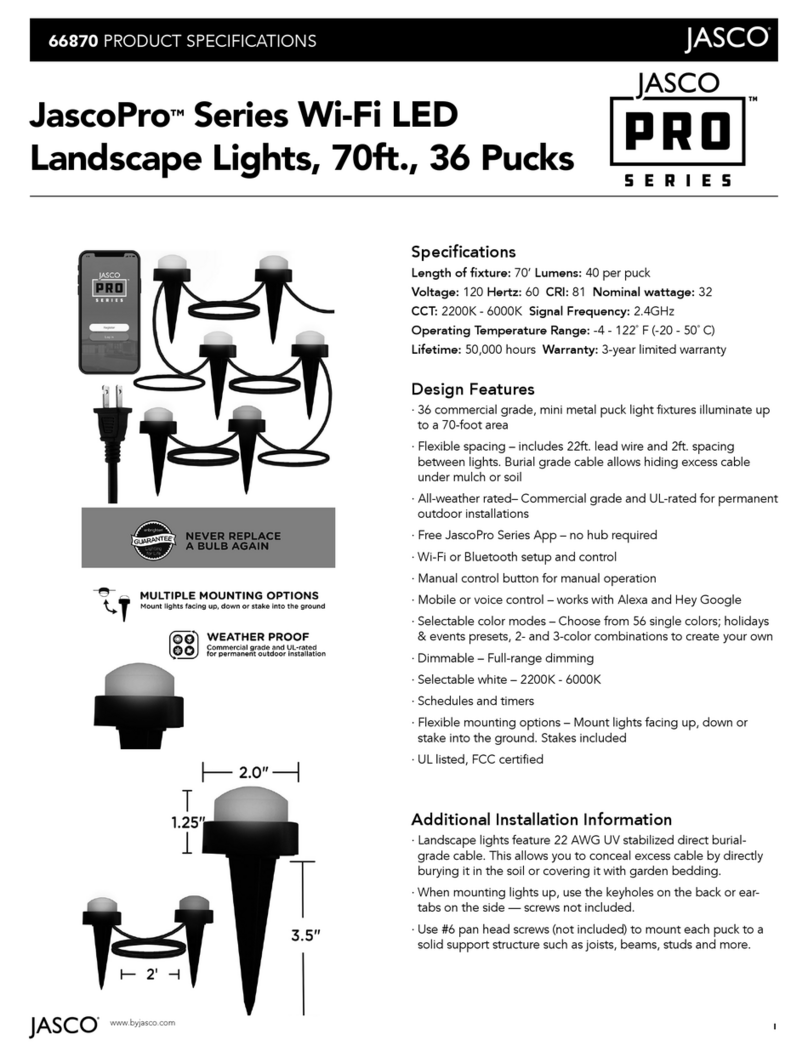
2
Assembly/ User Instructions
These assembly diagrams are intended as a guide – if in doubt consult a qualified electrician.
1. Decide on the position of the light fitting / or remove existing
light fitting. Take a note of the position of the electrical
connections. Ensure there is a solid mounting surface,
preferably a wooden joist or joist bridge to support the
weight of the light fitting.
2. Diagram A. Remove the (2x) domed nuts and use the back
housing (1) as a template to mark the screw holes. Mark the
screw holes, bring the supply cable through the back
housing and then secure it to the ceiling with appropriate
screws fixings (2). Make sure that the threaded bolts 3
remain in their position in the back housing.
3. Diagram B. Assemble the decorative finial (3) and connect
it to the lower part of the cage.
4. If you want to reduce the overall length of the fitting it is
essential that this is done before the fitting is mounted to
the ceiling and / or connected to the mains supply. Remove
the appropriate number of chain links as shown until the
desired length is reached. The cable must now be
shortened and the excess cable cut and re-connected to the
terminal block. Make a note of the position of the cables in
the terminal block. Cut off the excess cable and re-connect
to the terminal block. NOTE: The electric cable must
always be longer than the Chain to prevent strain being
placed on the cable. If you are unsure about your
ability to do this, we recommend you contact a qualified
electrician.
5. Support your fitting and connect the house wiring to the
terminal block (4) – see wiring details. NOTE: This is a
Class I fitting and must be earthed. The 4th terminal block
connector is used for the “loop” wires of the “Ring Circuit”.
There may be more than one set of cables in the “loop”
connections. If there is a “Ring Circuit” and you do not
understand the connections you must consult an electrician.
Any loose terminal blocks –not secured to ceiling cup -
should always be covered with 2 layers of good quality
insulation tape.
6. Secure the unit back onto the back housing using the
dome nuts removed in 2 above. Make sure that all the
internal cables and connections are inside the back housing
taking care not to trap or strain the internal cables.
7. Fit the bulb (5) into the lamp holder. NOTE; Never fit a
bulb of a higher wattage or of a type other than that
specified on the label (as this may cause overheating
and damage the fitting).
8. Fit the cage (6) onto the lid and secure with the 3 x nuts (7).
9. Turn on the power and test.
LS9 0SE
20151218

